A look back at the interstate highway building boom
The Interstate Highway System is more than just a series of roads—it’s an expansive network that connects the vast landscape of the United States. Stretching over 48,000 miles, it is the largest highway system in the world. This network not only makes cross-country travel a breeze but also plays a crucial role in the economic and cultural fabric of America. From its inception, the system was designed to unify the nation, offering a seamless travel experience from coast to coast.
The Birth of an Idea: Early Concepts and Inspirations
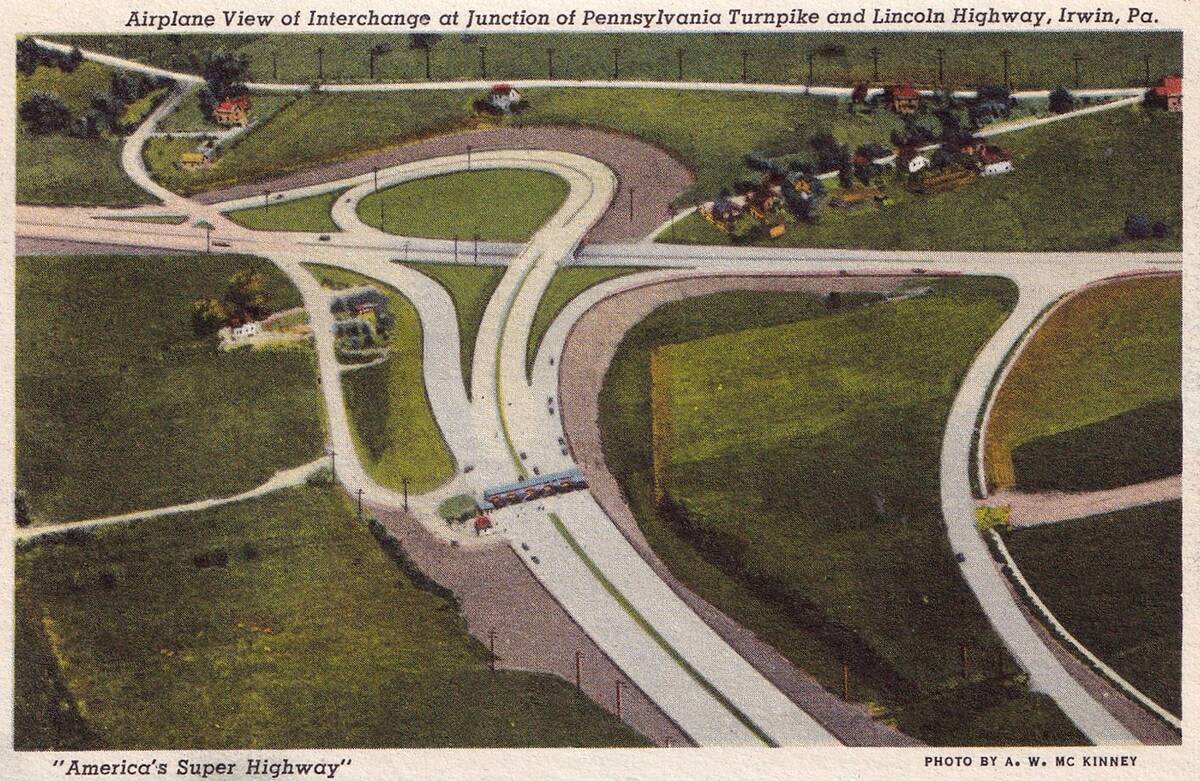
The concept of an interstate highway system predates its actualization by several decades. Inspired by Germany’s Autobahn, early American visionaries saw the potential for a similar network in the U.S. As far back as the 1930s, plans were being drawn for an interconnected highway system to improve military mobility and bolster economic growth. These initial ideas laid the groundwork for what would become one of the most significant infrastructure projects in history.
President Eisenhower’s Vision: A Plan for National Unity and Defense
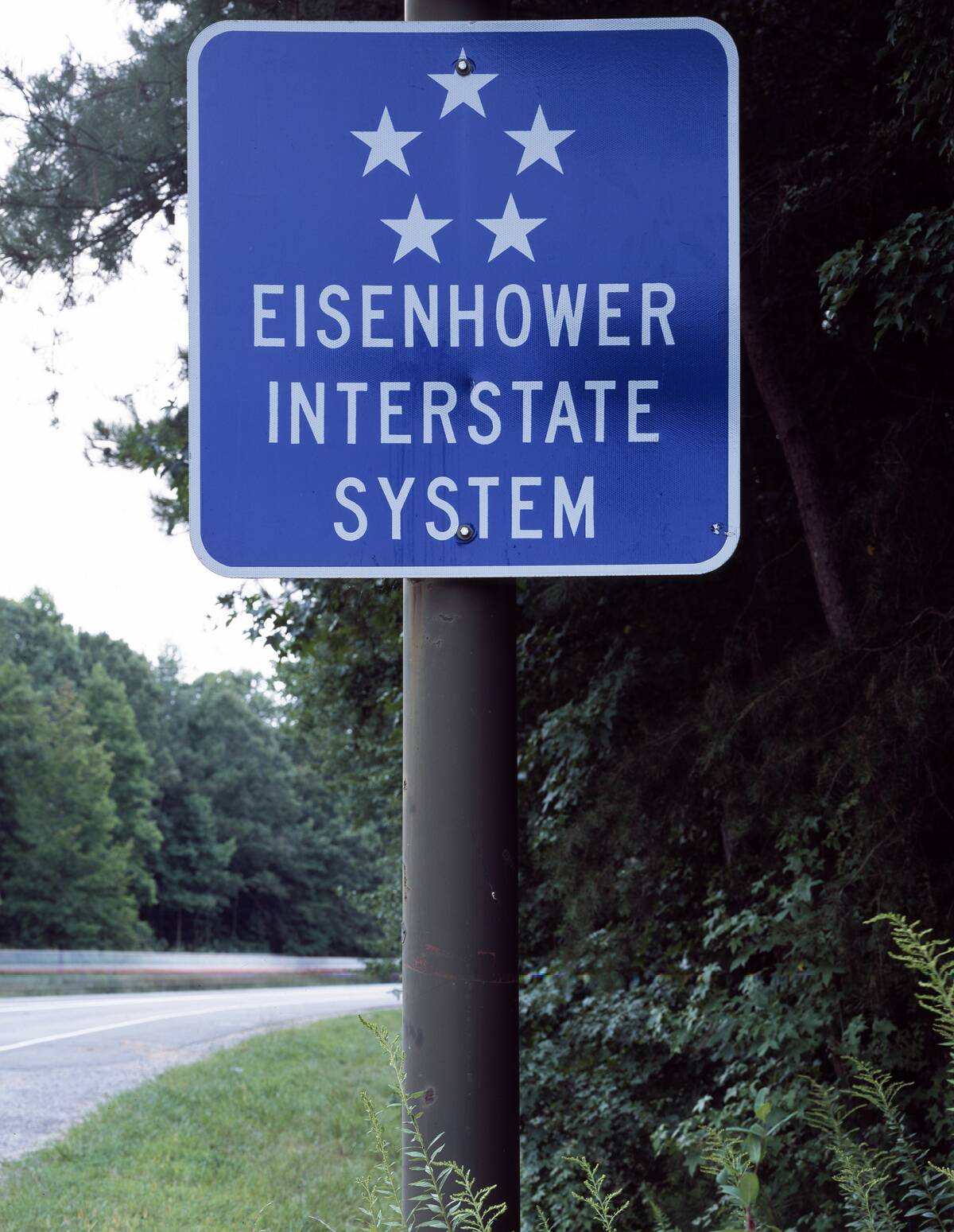
President Dwight D. Eisenhower was instrumental in making the interstate system a reality. His experiences as a young officer in the 1919 Motor Transport Corps convoy, which took 62 days to cross the country, highlighted the need for better roads. Moreover, his observations of the Autobahn during World War II cemented his belief in the strategic and economic benefits of such a network. Eisenhower’s vision was clear: a robust highway system would enhance national defense and promote unity by connecting distant parts of the country.
The Federal-Aid Highway Act of 1956: A Groundbreaking Legislation
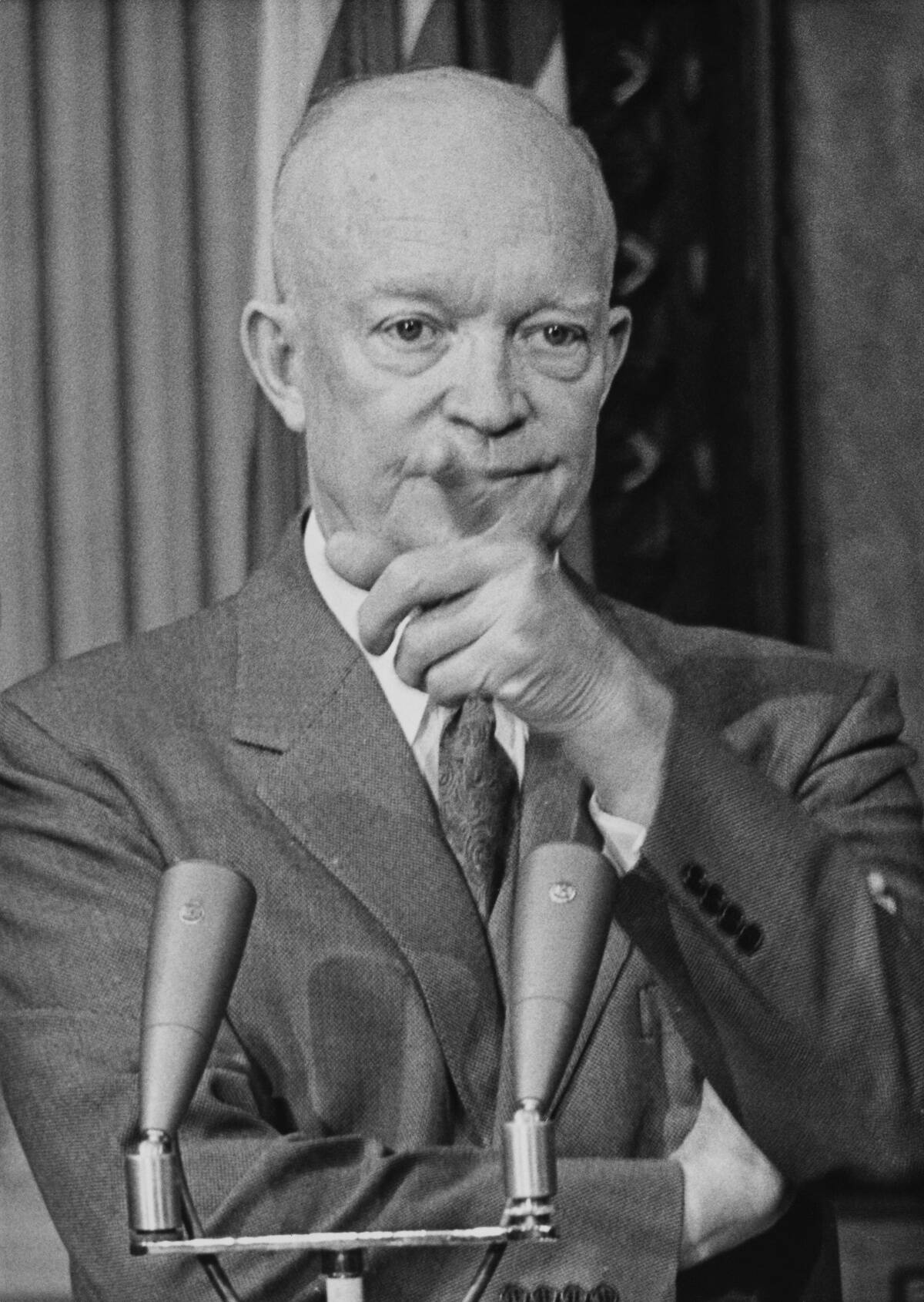
The Federal-Aid Highway Act of 1956 was a pivotal moment in American history. Signed into law by President Eisenhower, it authorized the construction of 41,000 miles of interstate highways, with an initial budget of $25 billion. This act marked the largest public works project in U.S. history at the time. Its passage signaled a new era of federal-state collaboration, with the federal government covering 90% of the costs, a testament to the importance placed on this transformative initiative.
Concrete Dreams: The Construction Boom Begins
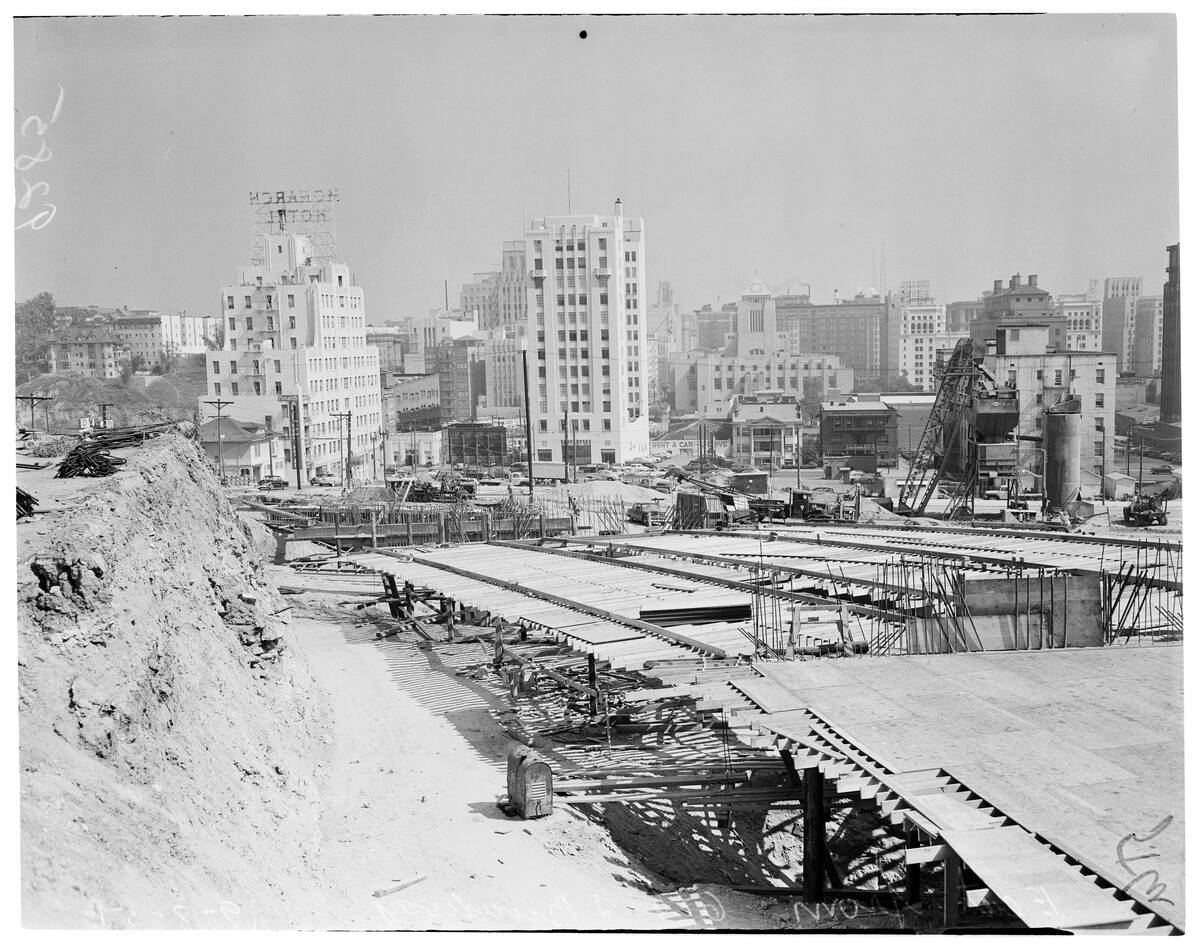
With the Federal-Aid Highway Act in place, the construction of the interstate system commenced with fervor. Thousands of workers and engineers embarked on this monumental task, transforming the American landscape. By the late 1960s, most major cities were connected by this burgeoning network. This period saw the rise of new construction technologies and materials, enabling faster and more efficient building processes. The dream of a sprawling, interconnected highway system was quickly becoming a reality.
Engineering Marvels: Overcoming Geographic and Technical Challenges
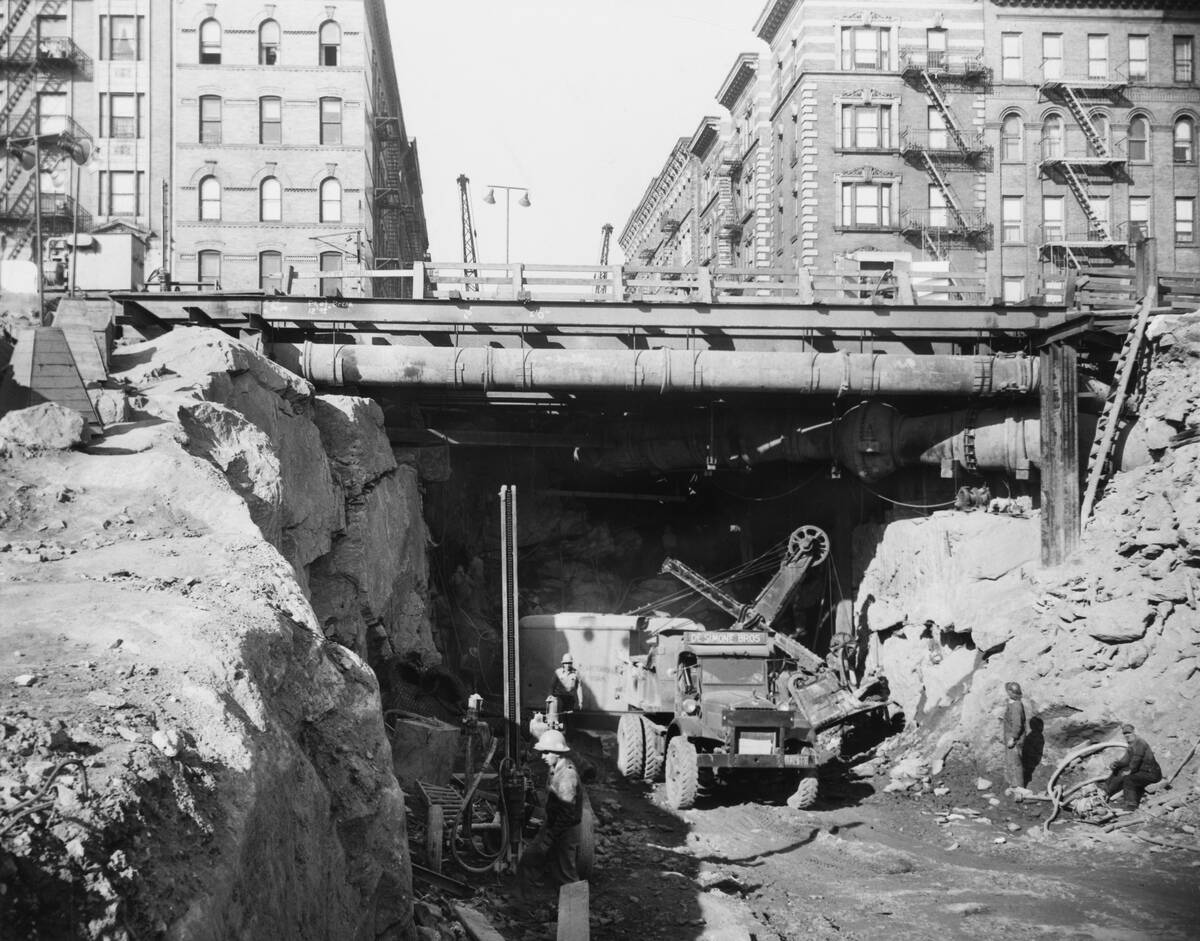
Building the interstate system was no small feat, with engineers facing numerous challenges. From cutting through rugged mountain ranges to spanning vast rivers, each section of the highway presented unique obstacles. The construction of the Eisenhower Tunnel in Colorado, which took five years to complete, exemplifies the ingenuity required. Advanced engineering techniques, including new tunneling methods and bridge designs, were developed to tackle these hurdles, showcasing American innovation at its finest.
Mile by Mile: The Rapid Expansion of the Highway Network

The expansion of the interstate highway network was nothing short of remarkable. By 1970, over 90% of the planned system was completed, linking cities and states like never before. This rapid expansion was made possible by the collaboration of federal, state, and local governments, as well as private contractors. The network not only facilitated efficient transportation but also spurred economic growth by improving access to markets and resources. It was a testament to the power of coordinated national effort.
The Economic Impact: Fueling Growth in Post-War America
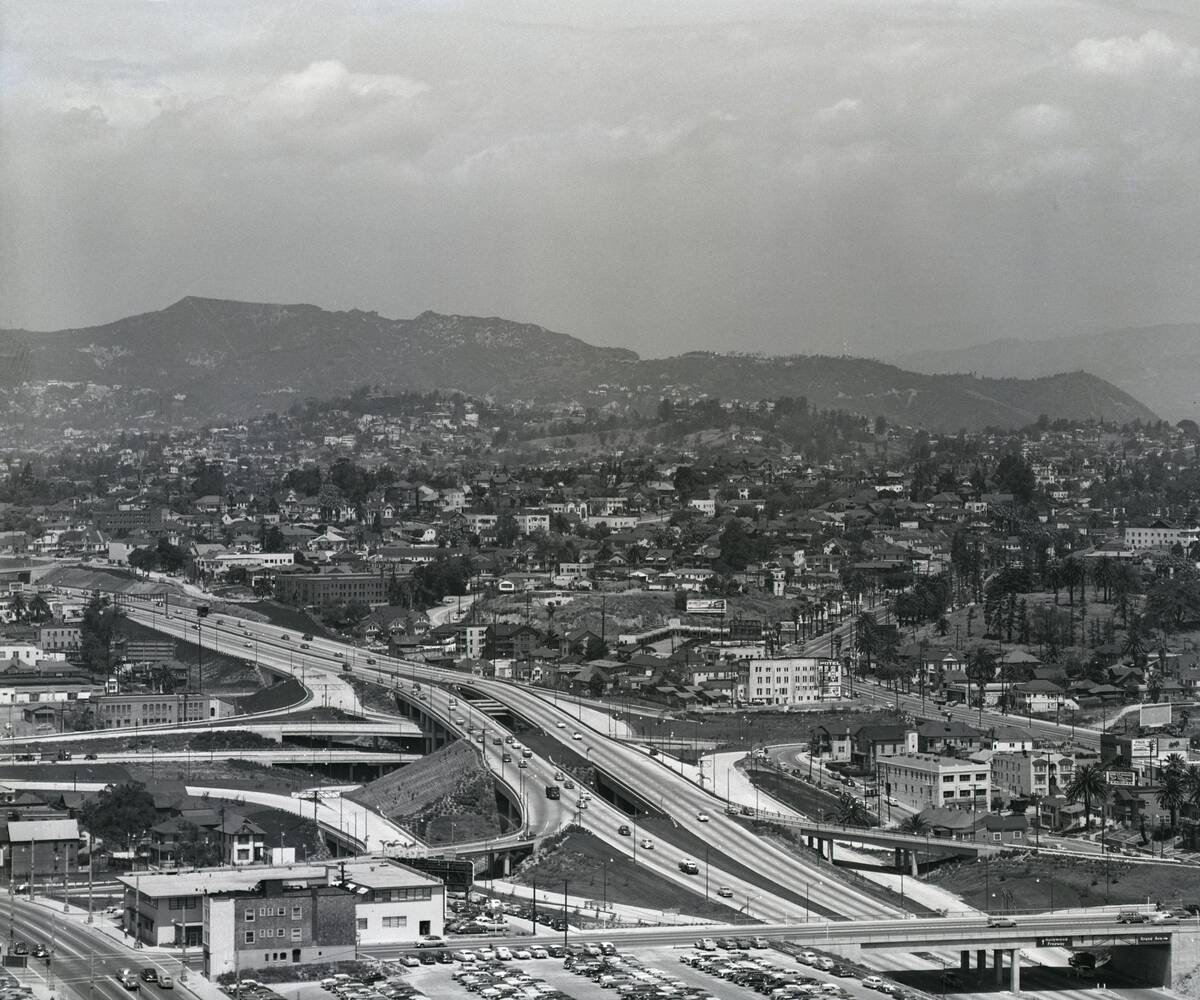
The interstate highway system had a profound economic impact on post-war America. It revolutionized the transportation of goods, reducing shipping times and costs significantly. Businesses thrived with the newfound ease of access to distant markets. Additionally, the construction of the highways created millions of jobs, fueling economic growth and contributing to the prosperity of the 1950s and 60s. The interstate system was a catalyst for the expansion of the American economy, establishing the U.S. as a global economic powerhouse.
Cultural Shifts: The Rise of the Road Trip
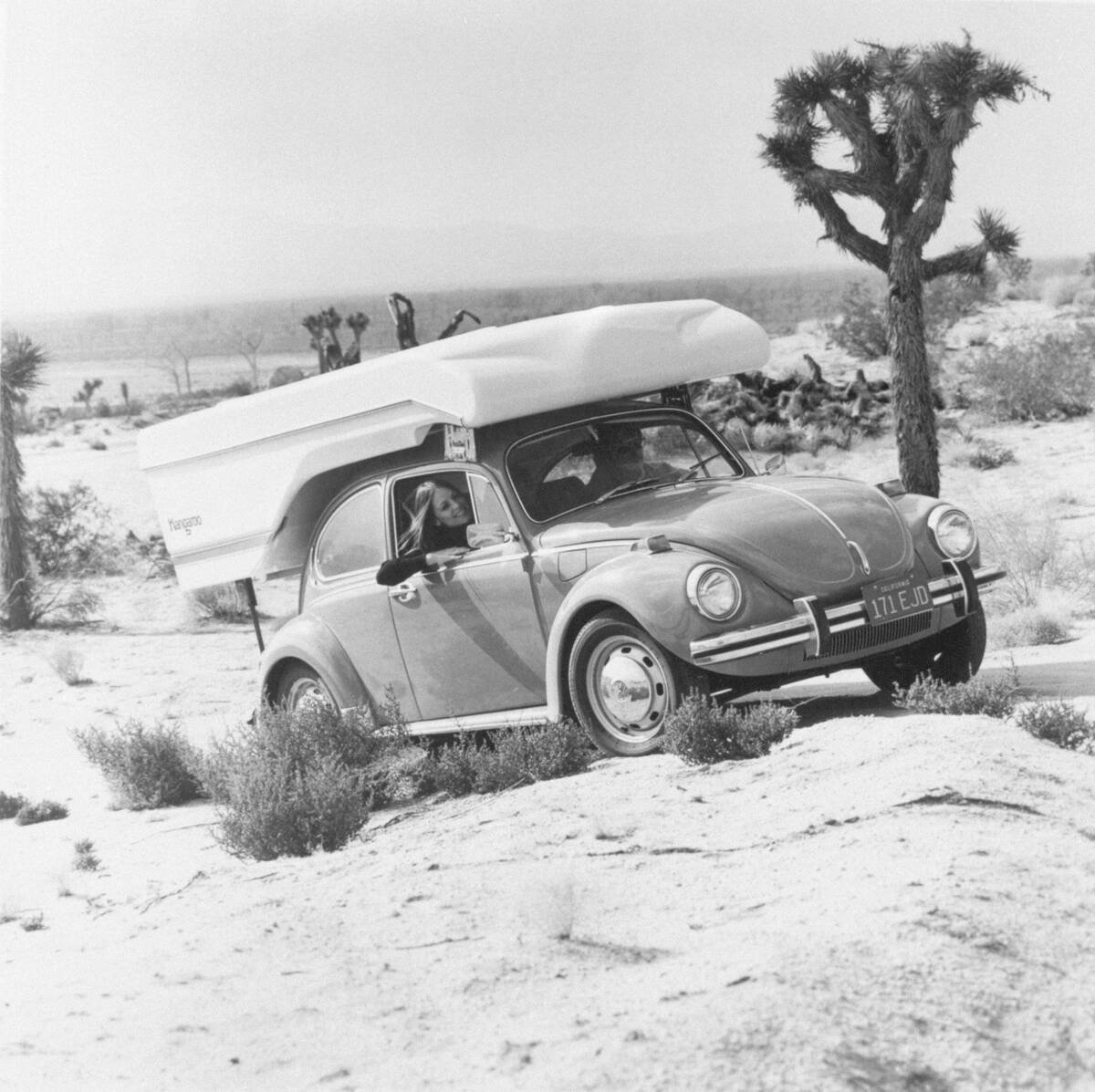
With the completion of the interstate system, the American road trip became a cultural phenomenon. Families and adventure seekers took to the open road, exploring the diverse landscapes and attractions the country had to offer. The freedom and flexibility of car travel allowed Americans to discover new destinations at their own pace. The road trip culture was immortalized in literature, film, and music, becoming an integral part of the American identity and a symbol of freedom and exploration.
Roadside Attractions: From Diners to Giant Dinosaurs

As the interstate system expanded, so did the variety of roadside attractions. These quirky stops became an essential part of the road trip experience. Diners, motels, and eccentric landmarks like giant dinosaurs and the world’s largest ball of twine popped up along the highways. They offered travelers a chance to stretch their legs and enjoy some local flavor. These attractions not only entertained but also provided economic opportunities for small towns across America, contributing to the vibrant tapestry of roadside culture.
Suburban Sprawl: The Interstate’s Role in Shaping Modern Living
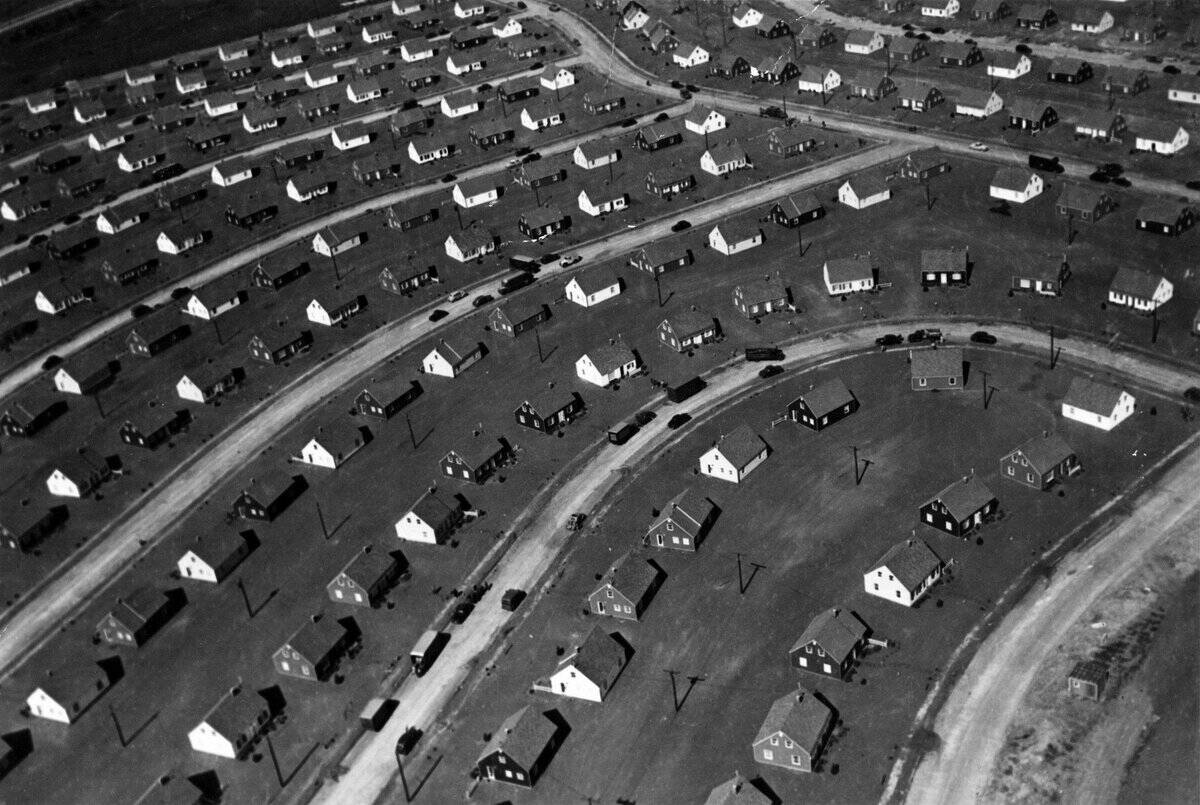
The interstate highway system played a significant role in the rise of suburban living. With easier access to urban centers, families began moving to the suburbs in search of more space and a quieter environment. This shift led to the development of new communities and shopping centers, fundamentally changing the American landscape. The highways facilitated daily commutes, making suburban life feasible and attractive. As a result, the interstate system shaped modern living patterns and contributed to the growth of suburban America.
The Environmental Debate: Balancing Progress and Preservation
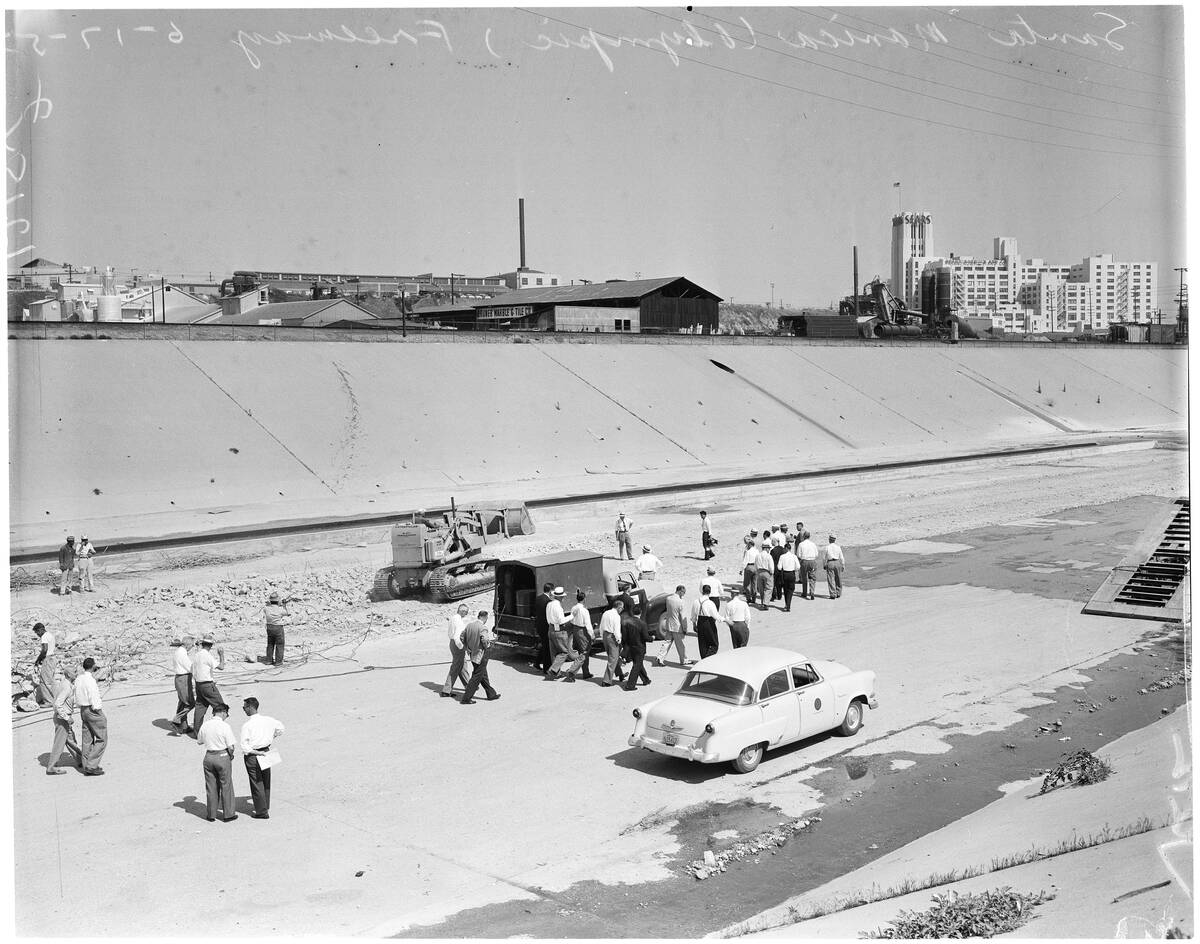
The construction of the interstate system sparked an environmental debate that continues today. While the highways brought undeniable progress, they also raised concerns about habitat destruction and pollution. Environmentalists argued for the preservation of natural landscapes and advocated for sustainable development practices. Over the years, policies were introduced to mitigate the environmental impact, such as wildlife crossings and green infrastructure initiatives. Finding a balance between progress and preservation remains a critical challenge for modern infrastructure projects.
Iconic Routes: Celebrating America’s Most Famous Highways
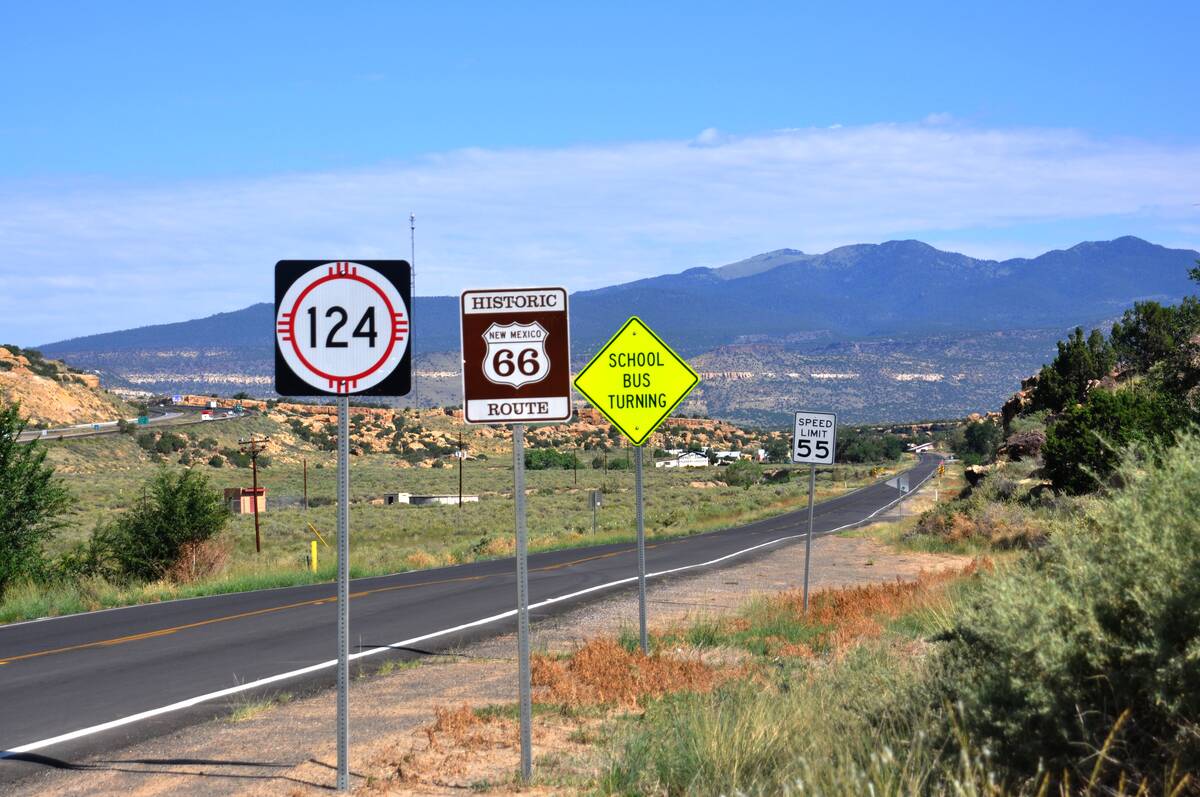
The interstate system is home to several iconic routes that have captured the American imagination. Route 66, often referred to as the “Main Street of America,” is one of the most famous highways, symbolizing the spirit of adventure and the open road. Another notable route is the Pacific Coast Highway, offering breathtaking views along California’s coastline. These highways are more than just roads; they are cultural landmarks that embody the diverse history and beauty of the United States.
The People Behind the Roads: Unsung Heroes of the Highway Boom
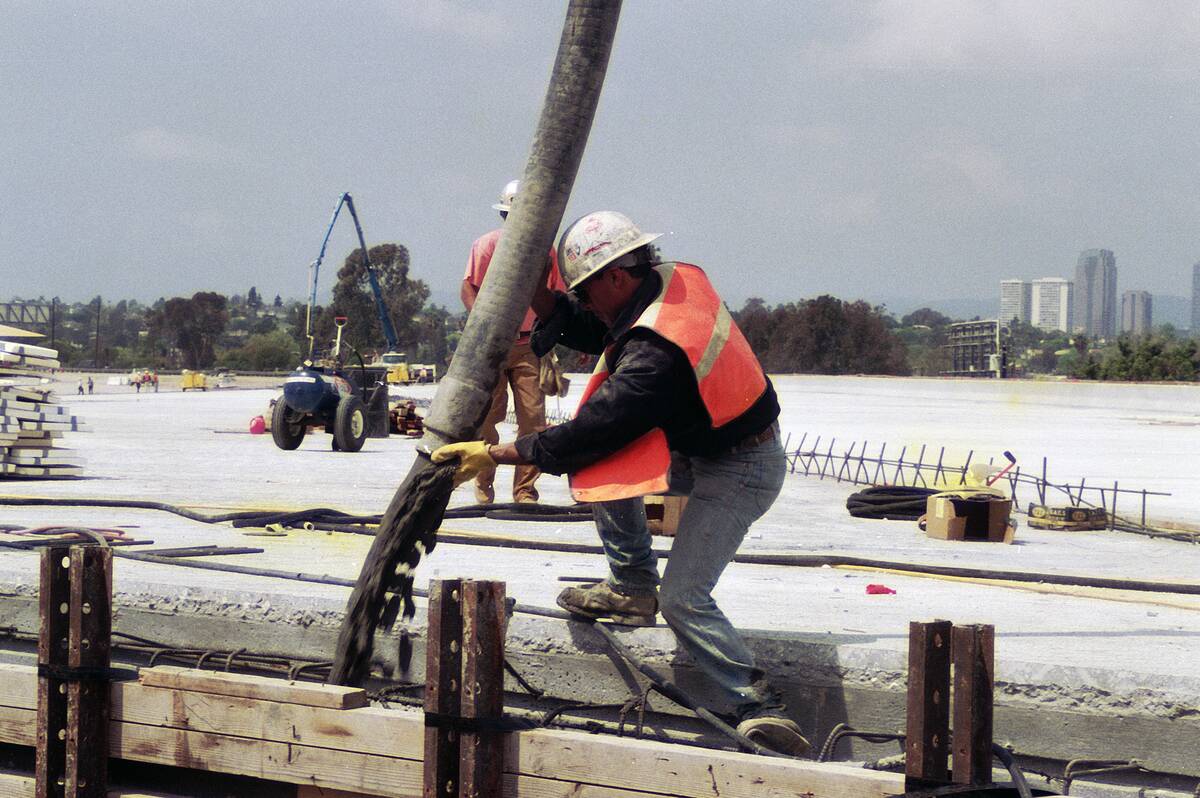
The construction of the interstate system was made possible by the dedication and hard work of countless individuals. Engineers, laborers, and planners worked tirelessly to bring Eisenhower’s vision to life. These unsung heroes faced grueling conditions and long hours but remained committed to completing the monumental task. Their efforts not only transformed the American landscape but also laid the foundation for future infrastructure projects. Remembering their contributions is an essential part of honoring the legacy of the interstate highway system.
Challenges and Controversies: Eminent Domain and Community Displacement

The development of the interstate system was not without its challenges and controversies. One of the most significant issues was the use of eminent domain, which allowed the government to acquire private land for public use. While necessary for the construction of the highways, this practice led to the displacement of many communities, sparking protests and legal battles. The impact on urban neighborhoods was particularly profound, with some areas experiencing long-term socio-economic consequences. These controversies highlight the complex interplay between progress and community rights.
Innovations in Transportation: How Highways Paved the Way for Future Developments

The interstate highway system spurred numerous innovations in transportation. From advancements in road construction techniques to the development of new traffic management systems, the highways set the stage for future developments. The need for efficient traffic flow led to the creation of intelligent transportation systems, incorporating technology to improve safety and reduce congestion. These innovations continue to evolve, influencing modern transportation projects and paving the way for the future of travel, including the integration of autonomous vehicles.
The Social Impact: Bridging Communities and Cultures
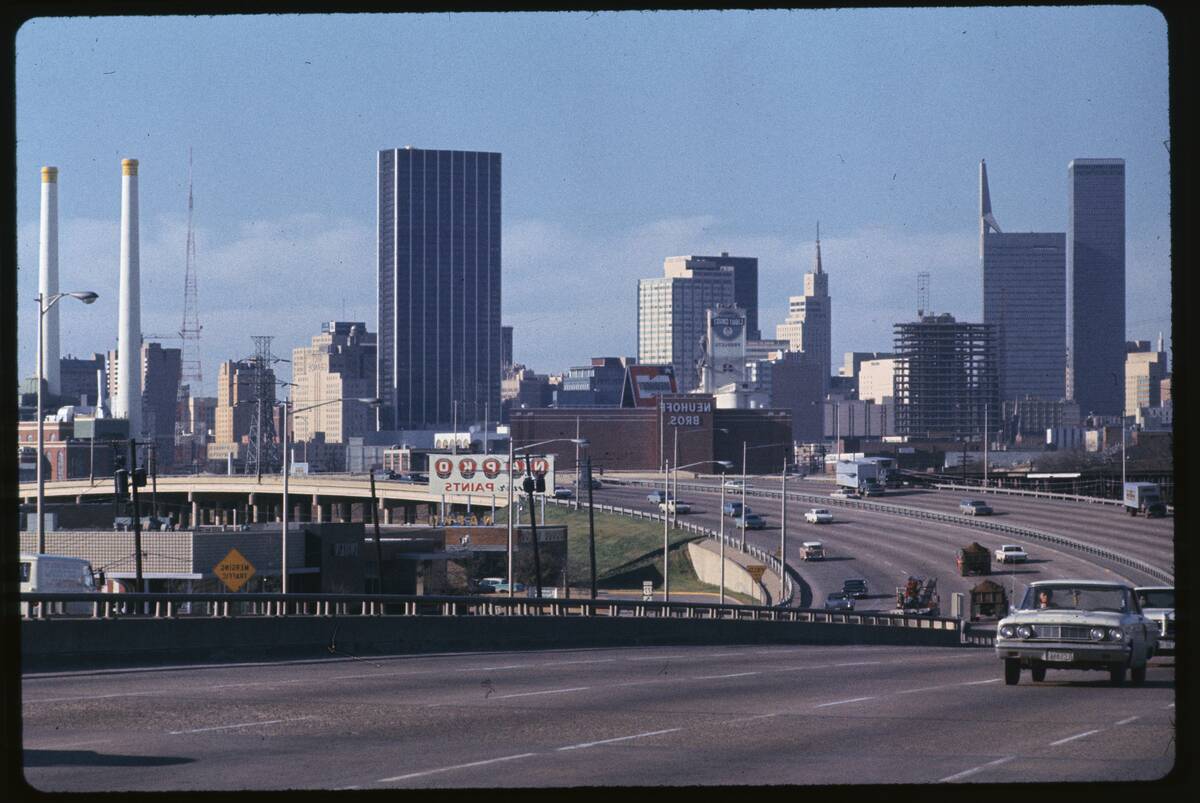
The interstate highway system has had a profound social impact, bridging communities and cultures across the United States. By connecting distant regions, the highways facilitated cultural exchange and diversity. They enabled easier access to cultural events, educational opportunities, and healthcare services. Moreover, the highways played a role in breaking down regional barriers, fostering a sense of national unity. The social benefits of the interstate system are an integral part of its legacy, illustrating the power of infrastructure to connect and enrich lives.
Pop Culture and the Interstate: Highways in Movies and Music

Highways have long been a staple in American pop culture, featured prominently in movies, music, and literature. From the classic film “Easy Rider” to songs like “Route 66” by Bobby Troup, the open road has inspired countless creative works. These cultural references capture the essence of freedom and adventure associated with the interstate system. They reflect the highways’ role in shaping the American identity and highlight the enduring allure of the road trip as a symbol of exploration and discovery.
The Evolution of Travel: From Motels to Mega Rest Stops

The interstate highway system has transformed the travel industry, evolving from simple motels to expansive rest stops. In the early days, motels provided weary travelers with basic accommodations and a place to rest. As travel increased, so did the demand for more amenities. Mega rest stops emerged, offering a range of services, from dining options to fuel stations and gift shops. These modern facilities cater to the needs of today’s travelers, ensuring comfort and convenience on long journeys.
Preserving the Legacy: Efforts to Maintain and Modernize Aging Infrastructure
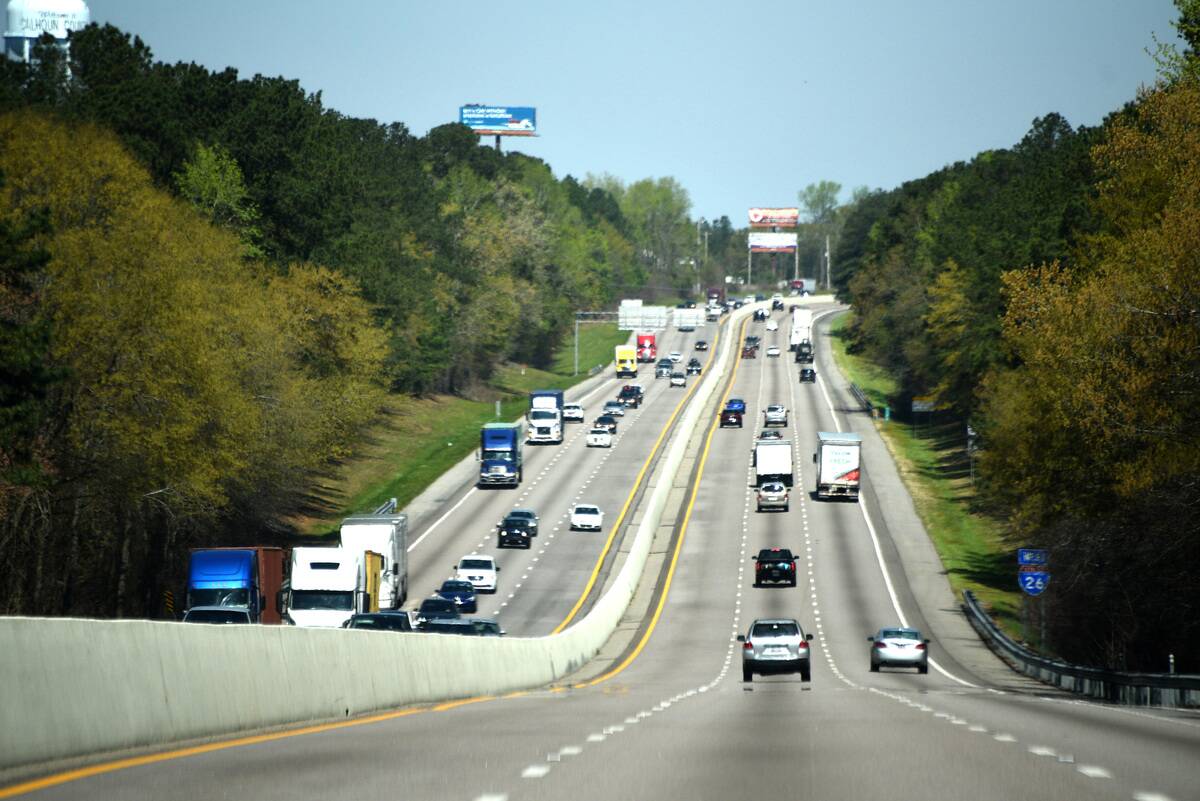
As the interstate system ages, efforts to preserve and modernize its infrastructure are crucial. Maintaining the roads involves addressing wear and tear, upgrading bridges, and improving safety features. Modernization efforts also focus on incorporating sustainable practices, such as using recycled materials and reducing emissions. Federal and state agencies work together to ensure the highways meet contemporary standards while preserving their historical significance. These efforts are vital to maintaining the system’s legacy and ensuring its continued role in connecting America.



